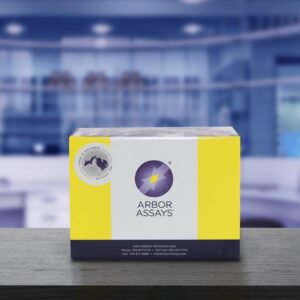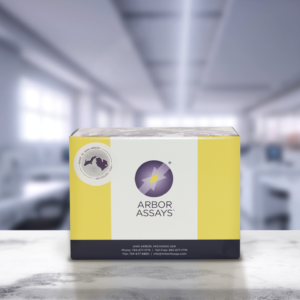ThioStar®: A Better Way to Measure Free SH Groups
- SENSITIVE: Measure < 500 fmol Free Thiol
- RAPID: Bright Fluorescence in Seconds
- SOLUTION STABILITY: 2 Months at 4°C
- LARGE STOKES SHIFT: Excite at 390 nm, Read at 510 nm
- LOW BACKGROUND: Almost No Signal from Unreacted ThioStar®
- VERSATILE: Soluble in Common Solvents and Water
- FLEXIBLE FORMAT: Microplates, Cuvettes or HPLC
Simple, Stable and Sensitive
The ThioStar® molecule is designed to quantitatively measure thiol groups generated or present in samples. The non-fluorescent ThioStar dye covalently binds to any free thiol groups to yield a highly fluorescent product. After incubating samples with ThioStar at room-temperature the fluorescent product is read at 510 nm with excitation at 390 nm.
NEW DATA: Careful in-house examination of the solution stability of ThioStar® dissolved in dry DMSO has shown that the ThioStar® dye retains 100% of its ability to react with free thiol groups for up to 2 months when stored desiccated at 4°C. Allows more convenient and efficient use of this thiol reactive dye.
Shortly after its introduction, ThioStar® was used in a recent publication to detect free thiol groups in unstimulated CD4+ T cells in Dr. Peter Hoffmann’s lab at the University of Hawaii. In another publication, Semi Park in Professor Stephen Lippard’s lab at MIT used our Thiol Fluorescent Detection kit, K005-F1 (which uses ThioStar® as the detection reagent), to assess free thiol in recombinant HMGB1 domain A. In a 2012 paper, in Microbial Cell Factories, ThioStar® was used to quantitate free sulfhydryl’s in soluble and refolded recombinant prion proteins. Additional recent publications are listed on the Thiol product page.
The Arbor Assays DetectX® Thiol Fluorescent Detection Kit offers a supersensitive method to measure free thiol groups in a variety of samples using ThioStar®. Supplied with all components needed to measure 39 samples in duplicate utilizing 4°C stable reagents. Can be used for protein samples treated with guanidine hydrochloride solutions. Sensitivity is less than 5 nM.
Featured Products
-
In Stock
Thiol Fluorescent Detection Kit
$386.00The DetectX® Thiol Fluorescent Detection Kit allows users to accurately determine free thiol content in samples using a proprietary substrate, ThioStar®, that is converted to a brightly fluorescent product by reacting with thiols in the sample.
-
In Stock
ThioStar® Thiol Detection System
$206.45 – $1,344.75Rapid and Sensitive Fluorescent Detection System for Free Thiols



